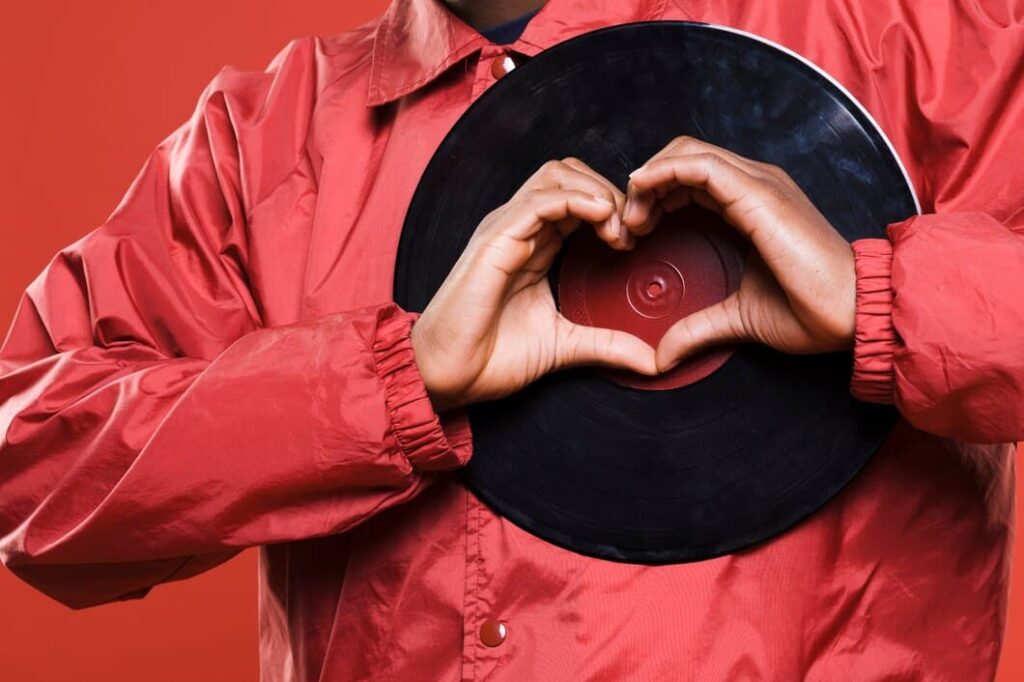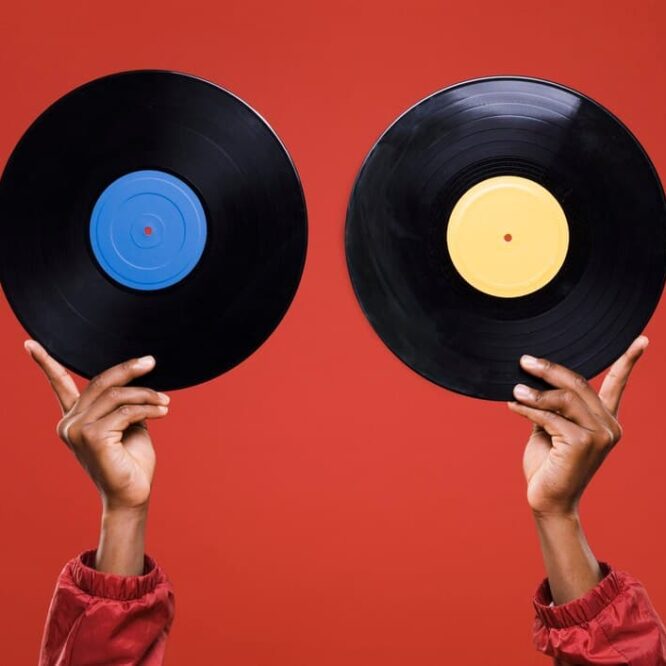The debate between vinyl and digital music has been ongoing for decades. Some claim that vinyl records deliver a richer, warmer sound, while others argue that digital formats provide superior clarity and convenience. But does vinyl actually sound better, or is it all a matter of nostalgia and preference? Let’s explore the technical, emotional, and scientific aspects of both formats to find out.
The Analog Warmth vs. Digital Precision
One of the primary arguments in favor of vinyl is its „warm“ and „organic“ sound. This perception largely stems from the analog nature of vinyl recordings. Unlike digital formats, which use binary code to store sound (1s and 0s), vinyl records capture the entire sound wave in a continuous, physical format. This allows for a full, unbroken representation of audio, which some listeners believe produces a more natural and immersive experience.
Additionally, vinyl records often introduce slight imperfections such as pops and crackles, which some listeners associate with a more „authentic“ sound. These imperfections stem from dust particles, groove wear, and minor inconsistencies in production. While they might be considered flaws in a purely technical sense, they contribute to the overall character of the listening experience.
On the other hand, digital audio has come a long way in terms of quality. Modern digital recordings use high-resolution formats (such as FLAC or WAV) that capture sound at an incredibly high sampling rate, often beyond the threshold of human hearing. This ensures that every nuance and detail is preserved with precision. While early digital formats, like CDs and MP3s, suffered from compression artifacts and a perceived „coldness,“ advancements in technology have made digital audio nearly indistinguishable from its analog counterpart. Lossless formats, in particular, now offer uncompressed audio that is virtually identical to the studio recording.
Vinyl vs. Digital: Strengths and Weaknesses
Both vinyl and digital formats have their distinct advantages and drawbacks. Here’s a comparison of their key characteristics:
- Vinyl: Provides a full analog waveform, creating a „real“ and immersive sound, engages listeners through the physical act of handling records, and offers artistic and aesthetic value through album covers and liner notes. However, it is prone to wear and tear, leading to sound degradation over time, has a limited dynamic range compared to high-resolution digital formats, and requires proper storage, maintenance, and specialized playback equipment.
- Digital: Delivers consistent playback quality without degradation, captures a broader range of frequencies with high dynamic precision, and provides convenience, portability, and instant accessibility. However, compressed formats (e.g., MP3) may lose subtle audio details, it lacks the tactile and ritualistic experience of playing vinyl records, and some listeners perceive digital sound as „too clean“ or lacking warmth.
Does Vinyl Really Sound Better? The Psychological Factor

Beyond technical aspects, the human brain plays a significant role in the perception of sound quality. Studies suggest that the ritual of playing a record—physically handling the vinyl, lowering the needle, and hearing the occasional crackle—can influence the way we perceive sound. This process creates a heightened sense of engagement, making listeners feel that vinyl sounds „better,“ even when blind tests reveal no significant difference.
Psychologists also point out that the expectation effect plays a crucial role. If a listener believes vinyl sounds warmer and more immersive, their brain may subconsciously amplify those characteristics. The ritual, nostalgia, and emotional connection to vinyl can make the format seem superior, even when measured audio quality suggests otherwise.
Moreover, nostalgia can heavily bias one’s preference. Many who grew up listening to records associate the format with cherished memories, leading them to favor vinyl over digital formats, even if the latter provides superior technical quality. This explains why some listeners claim that older recordings sound better on vinyl—they are mentally linking the sound to past experiences rather than purely evaluating the audio quality.
The Role of Mastering in Sound Quality
Another important but often overlooked factor is the mastering process. Vinyl and digital recordings are typically mastered differently to suit the format’s characteristics. Vinyl records, for instance, require mastering engineers to account for the physical limitations of the medium. Extreme low-end frequencies and excessive sibilance (sharp „s“ sounds) must be controlled to prevent needle distortion.
Digital mastering, on the other hand, allows for greater dynamic range and more precise control over sound levels. However, the „loudness war“—a trend where digital tracks are overly compressed to make them sound louder—has led some listeners to prefer vinyl simply because it often retains more dynamic variation. In essence, the same album can sound different depending on how it was mastered for each format, making comparisons between vinyl and digital more complex than they initially seem.
Conclusion: Which Format is Truly Better?
Ultimately, the choice between vinyl and digital music depends on personal preferences and listening habits. If you value the tactile experience, the aesthetics of album covers, and the warm analog sound, vinyl may be the perfect format for you. However, if you prioritize convenience, crystal-clear audio, and portability, digital music is undoubtedly the superior option.
Both formats have their unique strengths, and neither is objectively „better“—it all comes down to what you enjoy most. Whether you’re a vinyl purist or a digital advocate, the most important thing is the music itself.
: Explore the debate between vinyl and digital music. Does vinyl truly sound better, or is digital the superior format? Discover the facts behind the sound.
